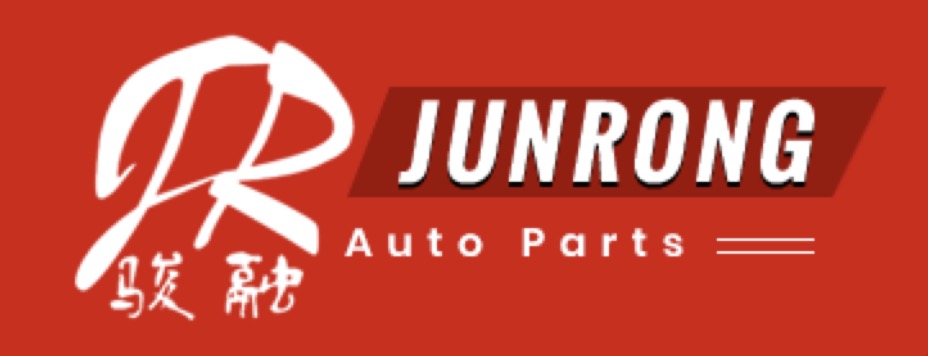 Language
Language
Industry news
Cylinder Single Overhead Camshaft Engine
Cylinder single overhead camshaft engine produces power by allowing the valves to open and close. A toothed timing belt drives the camshaft. The timing belt has two gears: one at the top that drives the distributor and the other on the crankshaft. The two gears are 2-1 in ratio, which means that the crankshaft makes two complete revolutions per 4-stroke sequence.
A higher performance overhead valve engine has valves located above the combustion chamber. In older vehicles, the camshaft was operated by pushrods and levers. However, rocker arm systems were easier to design, manufactured in large numbers, and proved to be dependable. Another advantage of a cam-in-block engine is its low overall height, which facilitates sleek auto body designs. However, the low height can also adversely affect the location of other parts.
This engine design is the most popular type of internal combustion engine. There are two basic types of internal combustion engines: single overhead camshaft and dual overhead camshaft. The camshaft is a rotating cylindrical rod with oblong lobes that push the intake and exhaust valves. These two different types of camshafts allow for precision valve opening and closing.

 CN
CN

